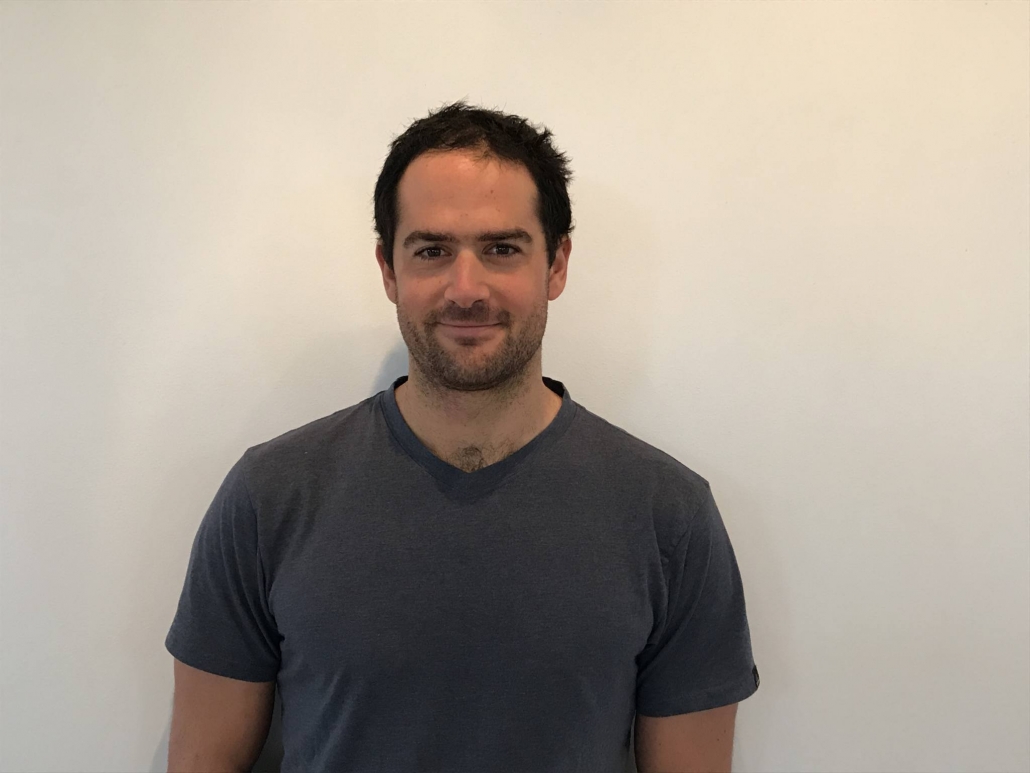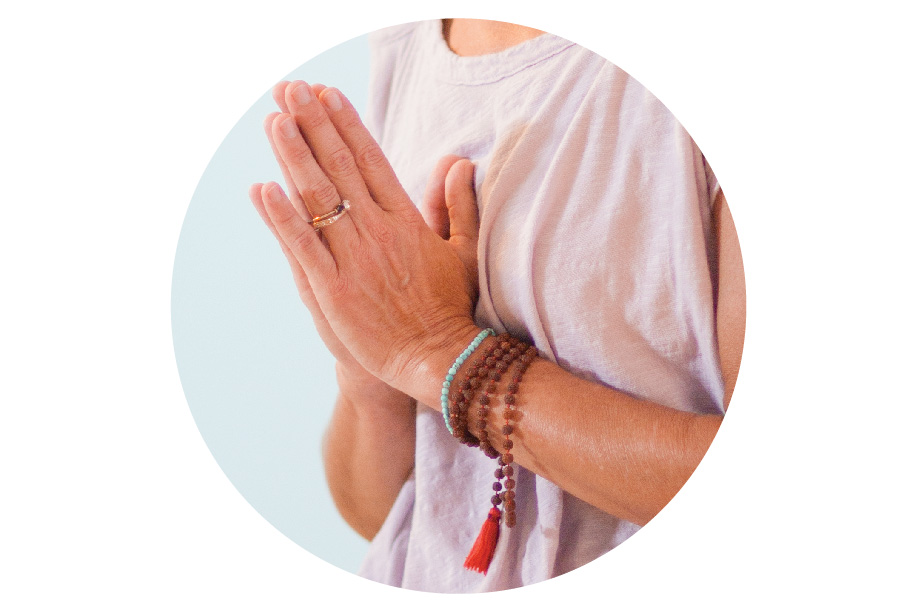The Importance of Inversions

Why You Should Practice Inversions Written by AYC Instructor, Tucker Waldron Inversions are powerful postures in the practice of yoga. They can benefit us physically, mentally and even spiritually. In hatha yoga, the primary branch of yoga as practiced in western cultures, the goal of the practice is to raise kundalini. Kundalini is a dormant […]
There is Nothing to Fear but Handstand Itself

Overcoming Your Fear of Inversions By AYC Instructor Tucker Shelton Headstands and forearm stands and handstands, oh my! Fear of inverting is perfectly normal in any yogi’s journey. The push to be upside down is strong in western yoga culture, but to many practitioners, inversions feel risky and unachievable at best. This is for good […]
5 Yoga Tips for Aging Gracefully

5 Tips for Aging Gracefully with Yoga By Stephanie Keach 1. Pelvic Floor Usually we think anti-sagging, anti-wrinkling, anti-balding when we see “Aging Gracefully”, but honestly those things don’t make us graceful. How about not having to wear a big, bulky diaper? Yup, GBK (Go Beyond Kegels) I say. My students will tell you I […]
